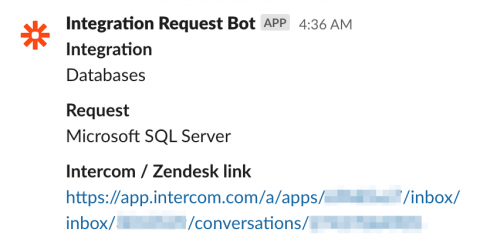How to build high performance teams without micromanagement
When you’re responsible for a team’s performance, you might feel the itch to micromanage. You might be thinking, if you don’t watch employees’ every move and assign all tasks, how will the group stay on track? But micromanaging stifles the creativity and collaboration that drives high performance teams. Multiple studies have shown that micromanaged employees are less creative, produce lower-quality work, and are less engaged overall.









